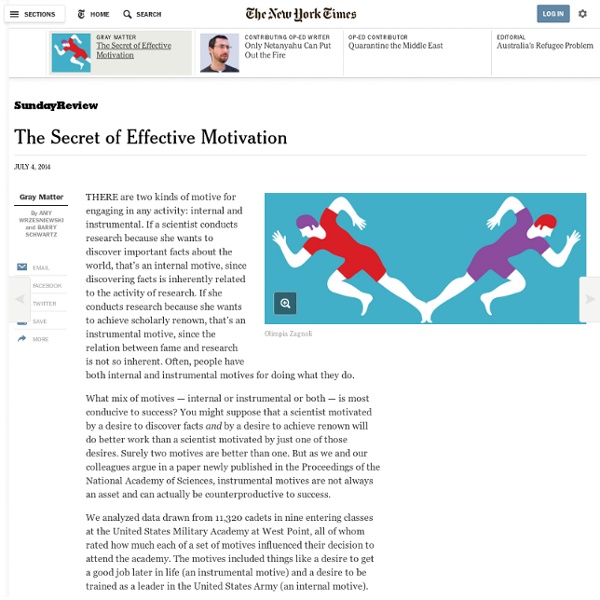The-secret-of-effective-motivation.html?smid=fb-nytimes&WT.z_sma=OP_TSO_20140707&bicmp=AD&bicmlukp=WT

Sunday Fun: Type I and II Errors
by Lisa Wade, PhD, 19 hours ago at 09:00 am At Sociological Images, we make research methods fun! Not really. But here we go! Scholars testing a research hypothesis have to be worried about two kinds of errors. Type I is failing to reject a false hypothesis. Type II is rejecting a true hypothesis incorrectly. Test time! Which one is which? You’re welcome everybody! Here’s as far back as I could trace the source.
Do Drivers Discriminate Against Minorities at Crosswalks?
One of the most blatant and insulting manifestations of racism in the days of Jim Crow was the expectation that a black person in the South would have to step off the sidewalk to allow a white person to pass. As documented in the book American Nightmare: The History of Jim Crow, this was just one of many indignities and restrictions, some of them life-threatening, that African Americans had to endure as they used the basic transportation infrastructure of 19th and 20th century America. (You can read many more examples of transportation discrimination in the Jim Crow era on the Federal Highway Administration’s website.) Jim Crow is in the past. The researchers looked at whether drivers treated pedestrians waiting to cross in a crosswalk differently according to their race. The study was carried out by researchers from Portland State University and the University of Arizona. “When do different individuals feel conflict over shared space?” Top image: Vaclav Mach / Shutterstock.com
Statistical Modeling, Causal Inference, and Social Science
Related:
Related:



